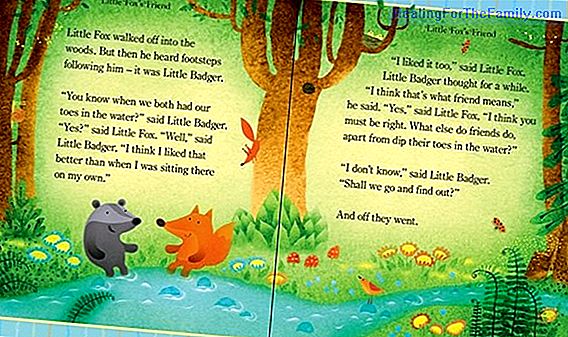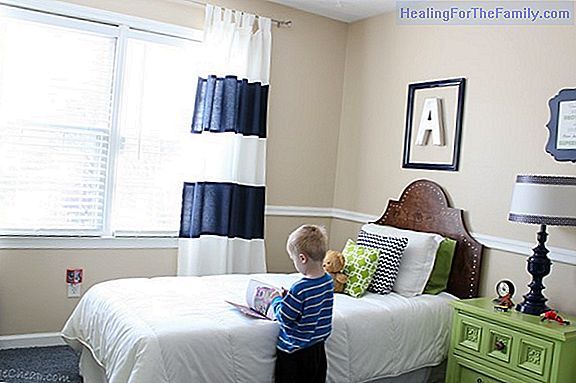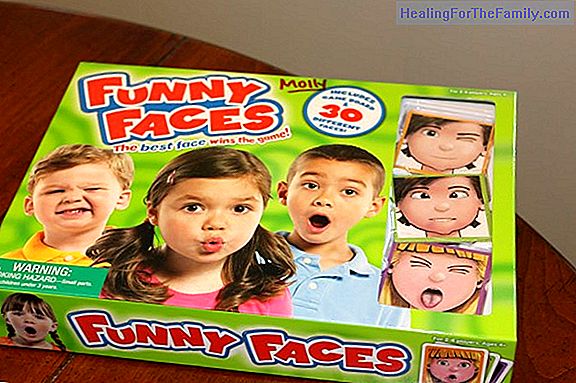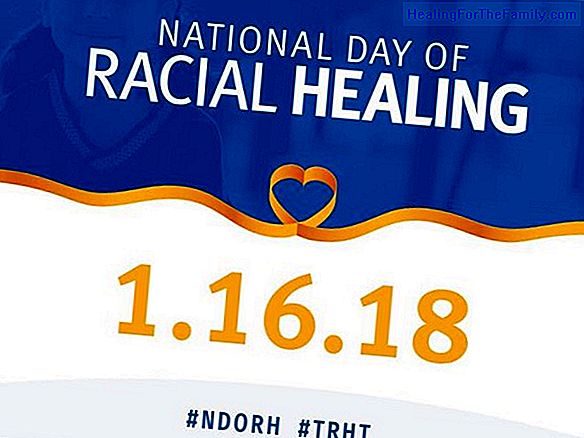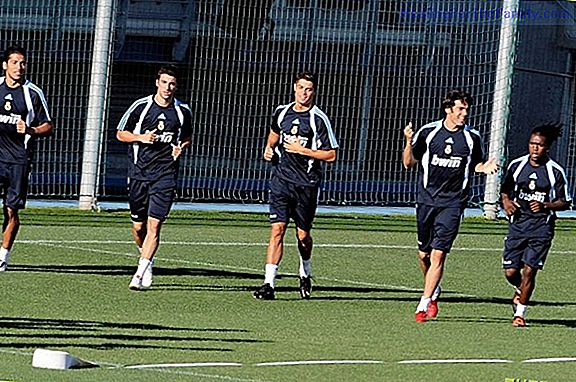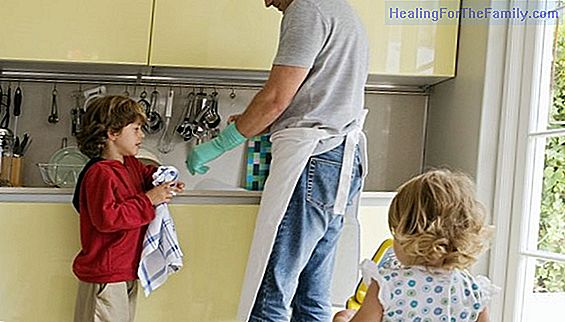Sleep apnea in children
Sleep apnea occurs when the child stops breathing for a few seconds while sleeping. Depending on the number of times this lack of breathing occurs, the severity of the apnea is measured. It is estimated that 4 percent of children between two and six years suffer disorders during sleep , one of them
Sleep apnea occurs when the child stops breathing for a few seconds while sleeping. Depending on the number of times this lack of breathing occurs, the severity of the apnea is measured.
It is estimated that 4 percent of children between two and six years suffer disorders during sleep, one of them is apnea. If not diagnosed early, sleep apnea can lead to severe problems in children in the long term such as cardiovascular problems, growth, learning and behavior.
Causes of sleep apnea in children

In most cases the child's airway has narrowed for example if he suffers from vegetations, which causes alterations in breathing and also that the child snores assiduously while sleep
They also have to do with the appearance of the child's sleep apnea anatomical anomalies such as a large tongue, weak muscles in the throat, overweight or a deviation of the nasal septum.
Symptoms of sleep apnea in children
During the day the child suffering from sleep apnea may present the following symptoms: Pres - Present an irritable character.
- Feeling tired.
- Have a hyperactive behavior.
- The child has problems concentrating in school.
During the night the following symptoms can make us suspect that our son suffers from sleep apnea:
- They breathe through the mouth and snore.
- Restless sleep.
- Night enuresis.
- Sleepwalking.
Treatment of sleep apnea in childhood
Since in most cases sleep apnea in children is caused by vegetations,
surgical intervention is usually the most effective treatment. It is performed by general anesthesia and during the surgery the tonsils and vegetations are removed. Surgery can also be used if there have been physical problems that have triggered episodes of sleep apnea in children.
Another effective treatment is the continuous pressure of nasal air with the help of a mask with which the child has to sleep. It is called CPAP.
In the case of overweight children, weight loss is recommended, and inhaled nasal steroids or dental devices can also be used to keep the airway open.
Cristina González Hernando.
Editor of Guiainfantil.com




